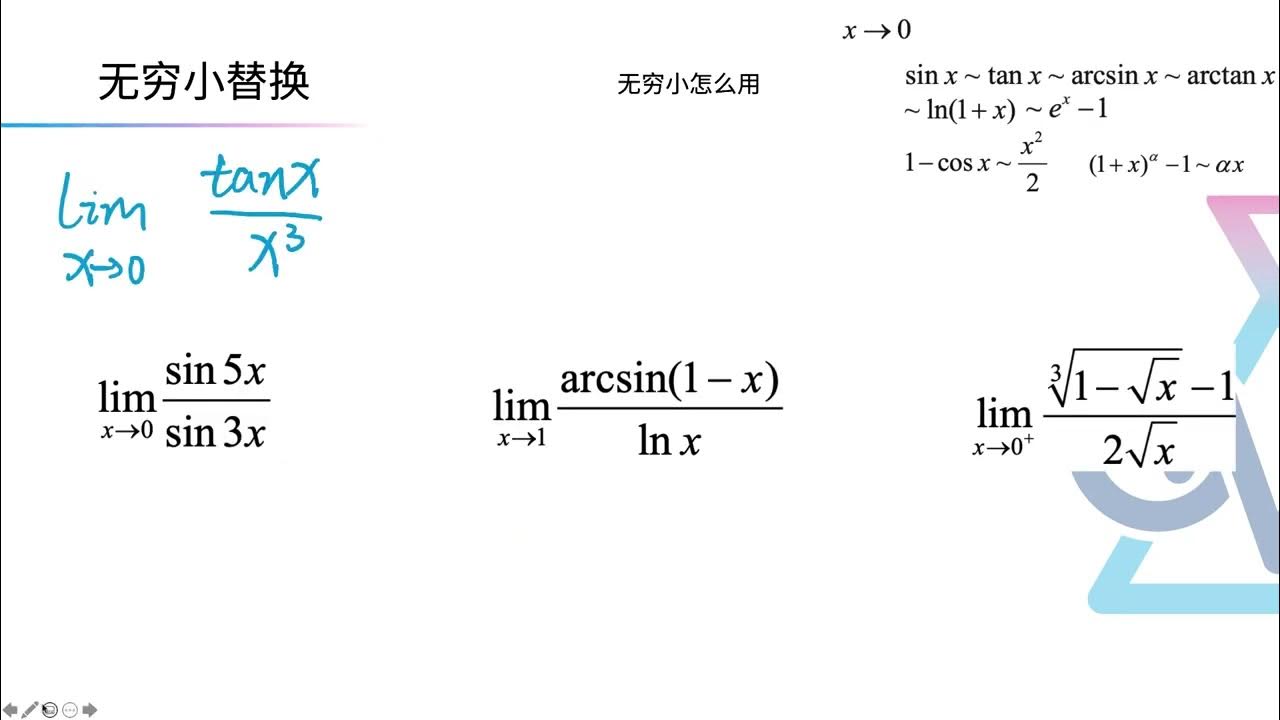Layer-Based Procedural Generation for Infinite Worlds
Summary
TLDR本文介绍了一种无边界无限世界的程序生成方法。通过使用滚动窗口和2D数组,可以创建一个在任何方向上无限延伸的世界。作者探讨了在无限世界中进行程序生成时需要考虑的问题,如如何在不同层级上加载和调整点的位置,以及如何计算世界之间的连接。这种方法允许即使在没有边界的情况下,也能实现复杂度较高的程序生成。
Takeaways
- 🌐 无限世界可以通过滚动窗口的方式在2D数组上实现。
- 🔄 世界可以无限扩展,通过在不同层级加载细节来实现。
- 🔍 在无限世界中,无法一次性获取所有邻居信息,因为总会有新的邻居出现。
- 📊 通过分层生成,可以在不知道整个画面的情况下进行复杂的程序生成。
- 🔢 每一层的生成依赖于前一层的信息,确保相邻单元格的数据一致性。
- 🔄 层与层之间需要加载相邻单元格的信息,以便调整和优化生成的点。
- 🌐 通过三角剖分和选择性连接,可以创建自然且不完全连接的世界。
- 🔄 随着层数的增加,对周围环境的信息了解越多,但最远路径只能在低抽象层级加载。
- 🔄 游戏开发中,除了上述方法,还可以使用完全解耦的层,它们可以有不同的网格分辨率。
- 🔄 加载新层时,旧层会升级或卸载,形成一个动态的加载和卸载过程。
- 🔄 这种方法允许在没有边界的情况下进行高复杂度的程序生成。
Q & A
什么是无限世界中的程序生成?
-无限世界中的程序生成是一种技术,它允许创建一个理论上无限大的游戏世界,通过滚动窗口的方式来探索,这个窗口随着玩家的移动而移动。
在程序生成中,如何处理无限世界中的边界问题?
-在无限世界中,没有明确的边界,因此需要一种方法来动态加载和卸载世界的不同部分。这通常涉及到在玩家接近当前加载区域的边缘时,加载新的区域,并在玩家远离时卸载旧的区域。
如何确保在无限世界中生成的点分布均匀?
-为了确保点分布均匀,需要在生成随机点后进行调整。这包括了解邻近单元格中的点,以避免点过于接近。通过这种方式,可以确保点在整个无限世界中分布得相对均匀。
在程序生成的无限世界中,如何确定世界的大小?
-在无限世界中,世界的大小不是固定的,而是根据玩家的位置和视野动态确定的。世界的大小取决于玩家当前加载区域的层级,以及这个区域与邻近区域的连接情况。
什么是程序生成中的层级结构?
-程序生成中的层级结构是一种组织和处理数据的方法,其中每个层级依赖于更低层级的数据。例如,一个层级可能需要知道邻近所有八个单元格的数据才能进行计算,这样可以确保生成的数据是连贯的。
在无限世界中,如何实现不同世界之间的连接?
-为了实现不同世界之间的连接,首先进行点的三角剖分,然后选择一个子集来形成连接。这样可以确保世界之间有路径可以相互到达,但不是每个世界都直接相连,有时可能需要通过第三个世界来实现转移。
在程序生成中,如何处理不同层级之间的数据依赖?
-在程序生成中,每个层级的数据依赖于更低层级的数据。这意味着在进行高层级的数据计算之前,必须先加载并处理所有依赖的低层级数据。这种依赖关系决定了加载区域需要扩展的范围。
在无限世界中,如何实现动态的加载和卸载?
-动态加载和卸载是通过在玩家移动时加载新的层级和卸载旧的层级来实现的。随着玩家的移动,最外层的单元格被加载到新的层级,而已经加载的单元格则升级到更高的层级。当单元格移出视野范围时,它们会被逐步卸载。
在程序生成的无限世界中,如何处理不同层级的分辨率?
-在某些情况下,可以使用完全解耦的层级,这些层级可以有不同的网格分辨率。每一层都可以独立地请求信息,而不需要关心其他层的内部实现细节,这样可以处理不同分辨率的数据。
在无限世界中,如何确保邻近单元格之间的连接?
-为了确保邻近单元格之间的连接,可以在每个邻近单元格中选择一个世界,使其与当前单元格中的某个世界相连。这样可以确保玩家可以从任何世界到达其他世界,尽管可能需要通过一个中间世界。
Outlines

This section is available to paid users only. Please upgrade to access this part.
Upgrade NowMindmap

This section is available to paid users only. Please upgrade to access this part.
Upgrade NowKeywords

This section is available to paid users only. Please upgrade to access this part.
Upgrade NowHighlights

This section is available to paid users only. Please upgrade to access this part.
Upgrade NowTranscripts

This section is available to paid users only. Please upgrade to access this part.
Upgrade NowBrowse More Related Video

[SER222] M02_02 The Sorting Lower Bound (4/4): The Result

Generative grammars as a form of procedural content generation

Varberg《Calculus》微积分 Chapter 1 Limits #3 |无穷小

Intro to Algorithms: Crash Course Computer Science #13

Yellow Submarine

Public Bank - Overseas Spending Reward with PB Visa Credit Card (2019)
5.0 / 5 (0 votes)
